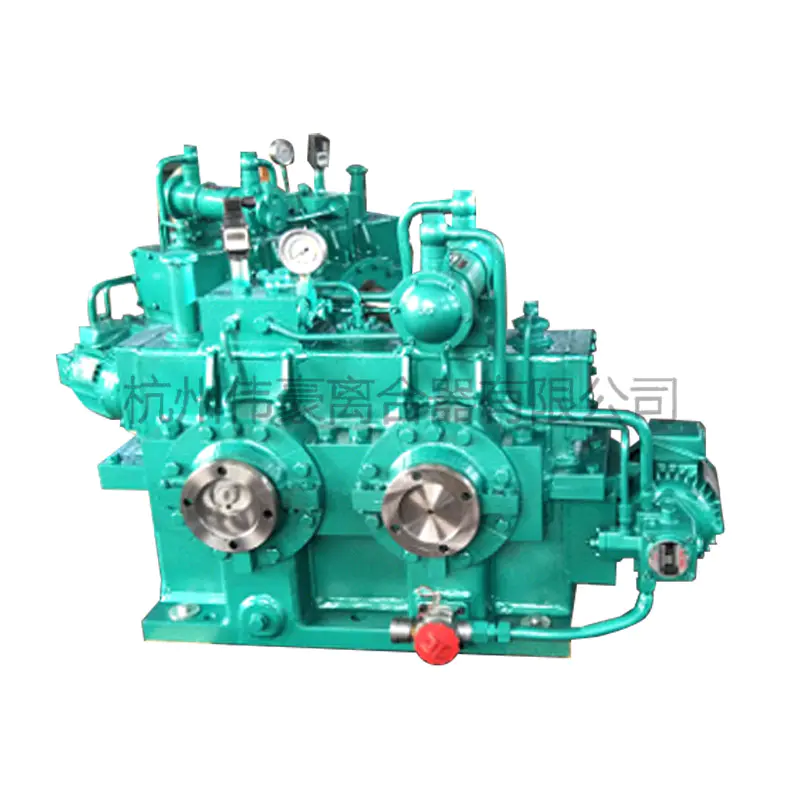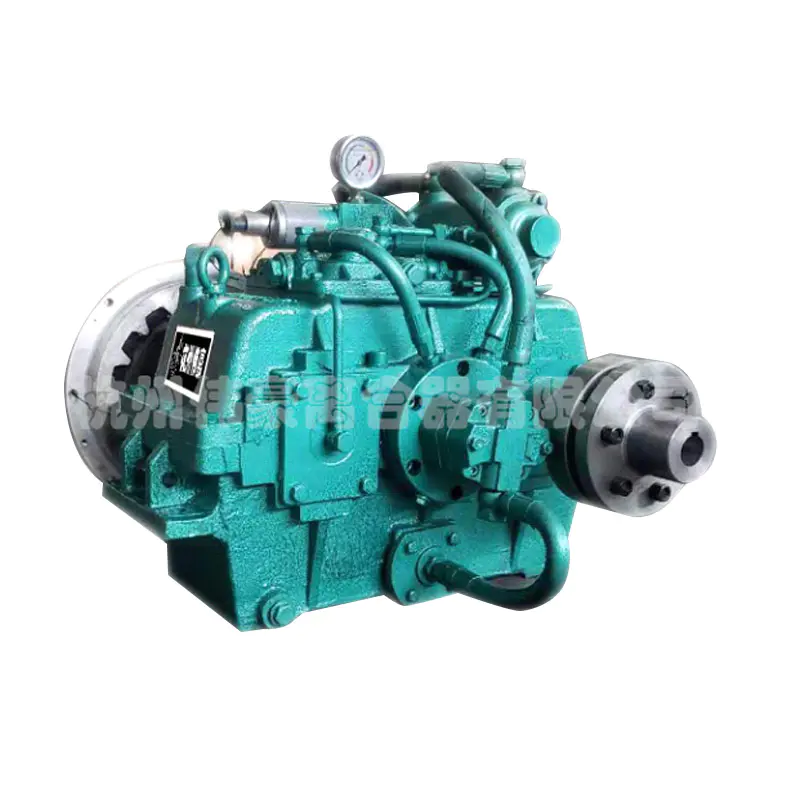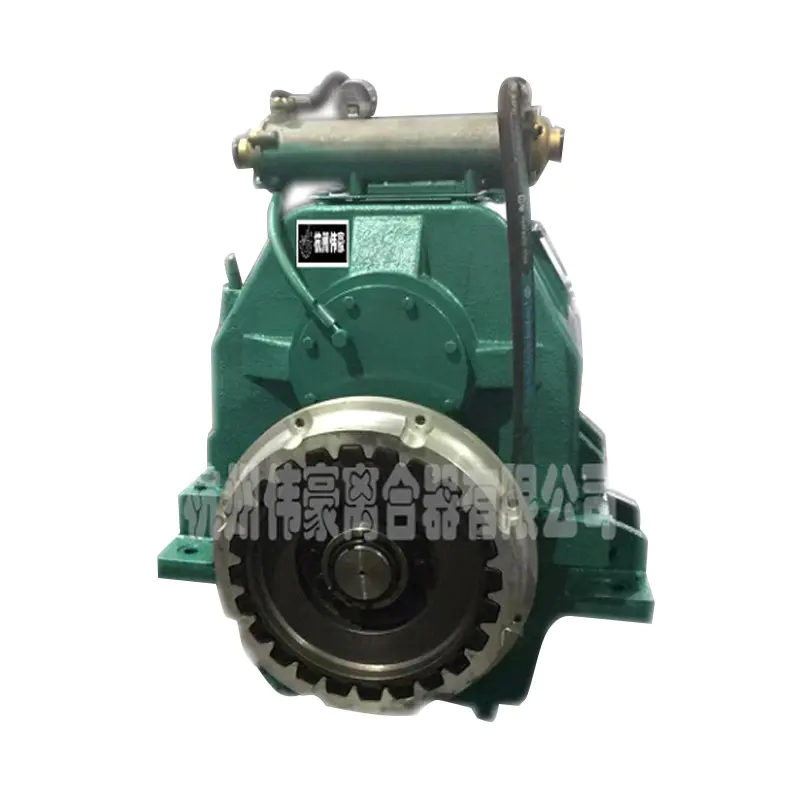1. Movement characteristics and friction forms of low speed gearbox
The main characteristics of Low Speed Gearbox are low speed and high torque, and it is often used in situations where large torque output is required. The meshing process of its internal gears and the operation of the bearings are accompanied by complex friction forms. These friction forms mainly include sliding friction and rolling friction.
Sliding friction mainly exists between the meshing surfaces of gears. When two gears mesh, their tooth surfaces slide against each other, resulting in friction. This form of friction will cause wear on the tooth surfaces, which in turn affects the transmission efficiency and life of the gearbox. In order to reduce the impact of sliding friction, it is necessary to select appropriate lubricants and lubrication methods to ensure that a stable oil film is formed between the tooth surfaces and reduce direct contact.
Rolling friction mainly exists inside the bearing. When the bearing is running, the rolling body rolls between the inner and outer rings, resulting in friction. Compared with sliding friction, rolling friction has a smaller friction coefficient and lighter wear. Under low speed and heavy load conditions, rolling bearings still require good lubrication to maintain their performance.
2. Lubrication requirements of low-speed gearboxes
In view of the movement characteristics and friction forms of low-speed gearboxes, their lubrication requirements are mainly reflected in the following aspects:
Choice of lubricating oil: Low-speed gearboxes need to choose lubricating oil with appropriate viscosity and extreme pressure additives. Viscosity is an important performance indicator of lubricating oil, which determines the thickness and stability of the oil film. For low-speed gearboxes, due to the low speed, the oil temperature rise may not be obvious, and it is necessary to select lubricating oil with slightly higher viscosity to ensure the formation of a stable oil film. Extreme pressure additives can enhance the load-bearing capacity of lubricating oil and prevent the gears from gluing and wearing under heavy load conditions.
Choice of lubrication method: There are two main lubrication methods for low-speed gearboxes: splash lubrication and forced lubrication. Splash lubrication uses the rotation of the gear to throw the lubricating oil onto the friction surfaces for lubrication. This method is suitable for gearboxes with compact structure and low speed. Forced lubrication is more suitable for gearboxes with heavy loads or that require precise control of the lubrication amount. Forced lubrication is to transport the lubricating oil to the friction surfaces for lubrication through an oil pump, which can ensure the uniform distribution and proper supply of the lubricating oil.
Maintenance of the lubrication system: In order to ensure the lubrication effect of the low-speed gearbox, the lubricating oil needs to be checked and replaced regularly. It is also necessary to keep the lubrication system clean and unobstructed to prevent impurities and moisture from entering the lubrication system and affecting the lubrication effect.
3. Selection of bearing types for low-speed gearboxes
When selecting the bearing type for Low Speed Gearbox, the following factors need to be considered:
Load capacity and speed: The bearings of low-speed gearboxes need to withstand large torque and radial loads. When selecting the bearing type, it is necessary to ensure that it has sufficient load capacity and adaptability. Due to the low speed of the gearbox, the speed requirement for the bearing is relatively low, but it is still necessary to ensure that the bearing can remain stable and reliable during operation.
Friction and lubrication: The friction coefficient and lubrication performance of the bearing have an important impact on its service life and performance. When selecting the bearing type, its friction coefficient and lubrication requirements need to be considered. For low-speed gearboxes, due to the low speed and large load, it is more suitable to select bearing types with lower friction coefficients and good lubrication performance, such as roller bearings or tapered roller bearings. These bearing types can maintain good lubrication effects and longer service life under heavy load conditions.
Installation and maintenance: The ease of installation and maintenance of the bearing is also one of the factors to be considered when selecting. When choosing the type of bearing, you need to ensure that it is easy to install, disassemble and inspect. You also need to consider the compatibility of the bearing with other parts of the gearbox and the relevant standards and specifications.



 EN
EN English
English 中文简体
中文简体

 View More >>
View More >> View More >>
View More >> View More >>
View More >> View More >>
View More >> View More >>
View More >> View More >>
View More >> View More >>
View More >> View More >>
View More >> View More >>
View More >> View More >>
View More >> View More >>
View More >> View More >>
View More >>